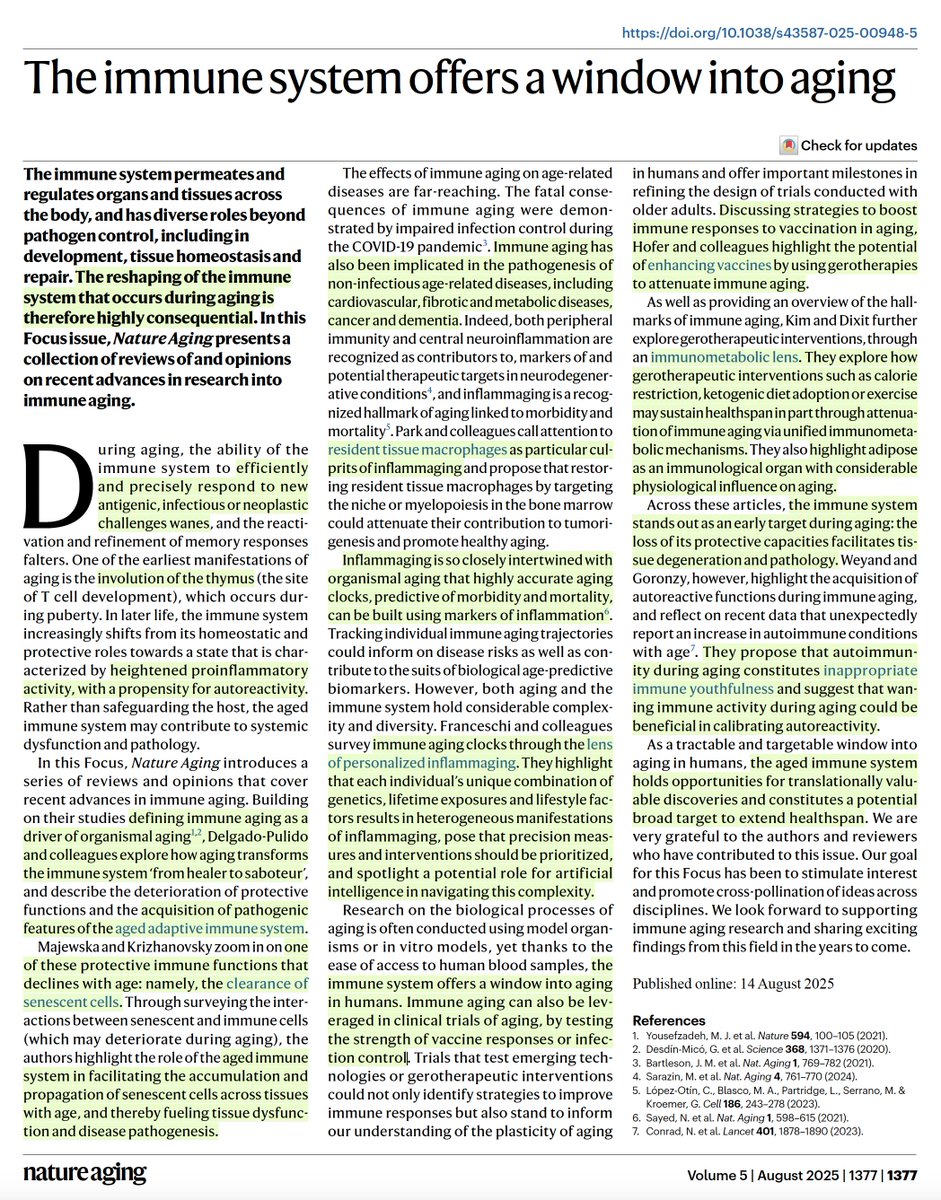The path to herd immunity is not through the herd.
It's via a vaccine
It's via a vaccine
https://twitter.com/thehowie/status/1295681138149724160
The path for #SARSCoV vaccine-induced immunity is very encouraging. New summary by @heidiledford @NatureNews
nature.com/articles/d4158…
Main concern is duration rather than "Plan B and T" kicking in.
nature.com/articles/d4158…
Main concern is duration rather than "Plan B and T" kicking in.
A review of 4 preprints + recent @karolinskainst T cell @nature paper @Dereklowe on the solid immune response
blogs.sciencemag.org/pipeline/archi…
"What we’re seeing is that this virus... is also something that our immune systems are dealing w/ in the just the way that you would hope to see"
blogs.sciencemag.org/pipeline/archi…
"What we’re seeing is that this virus... is also something that our immune systems are dealing w/ in the just the way that you would hope to see"
Perhaps the most interesting, novel one is this on the durable IgA mucosal immune response
medrxiv.org/content/10.110… by @uoftmedicine @UofT @baweletaisho and colleagues

medrxiv.org/content/10.110… by @uoftmedicine @UofT @baweletaisho and colleagues


• • •
Missing some Tweet in this thread? You can try to
force a refresh


















